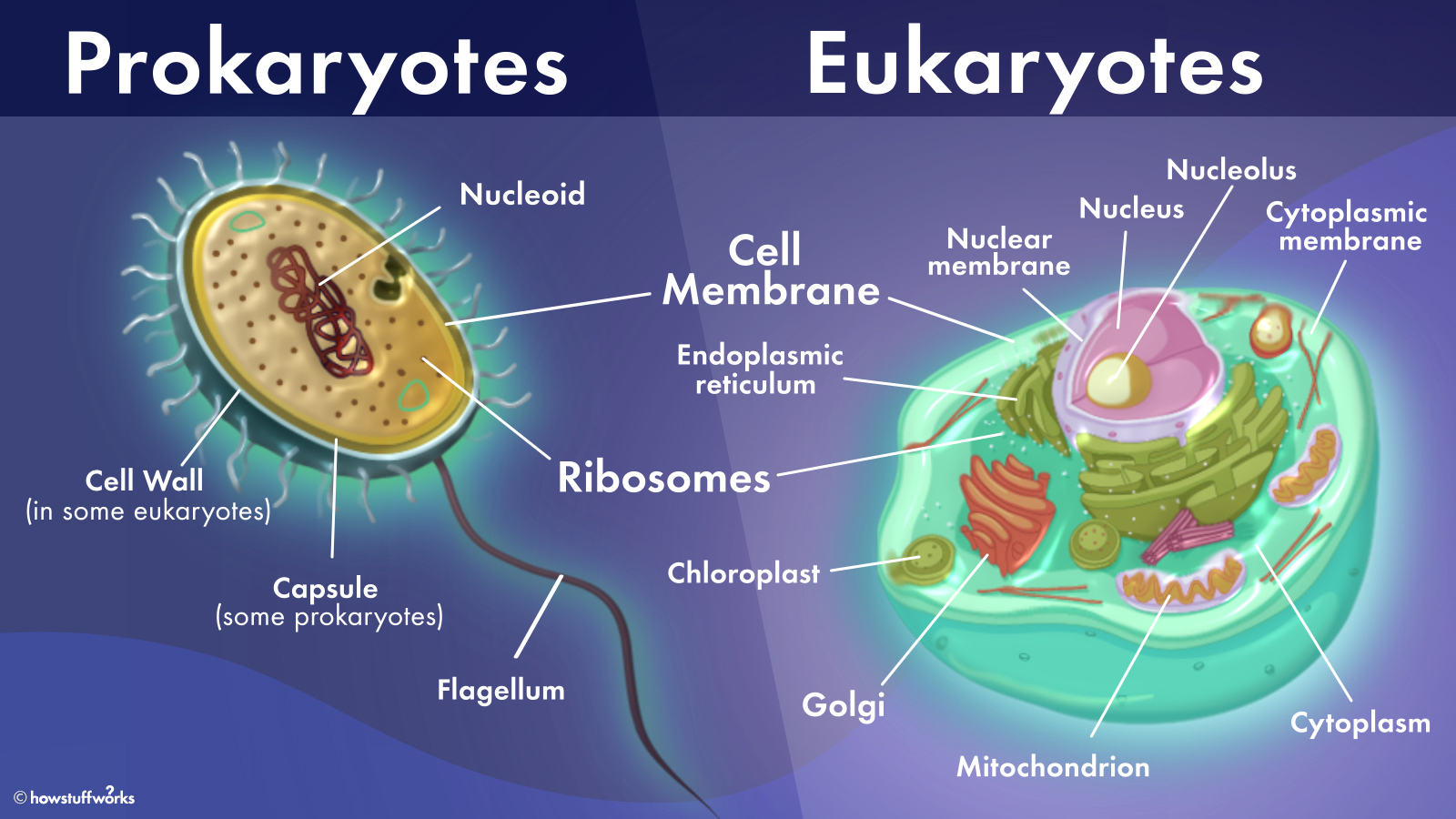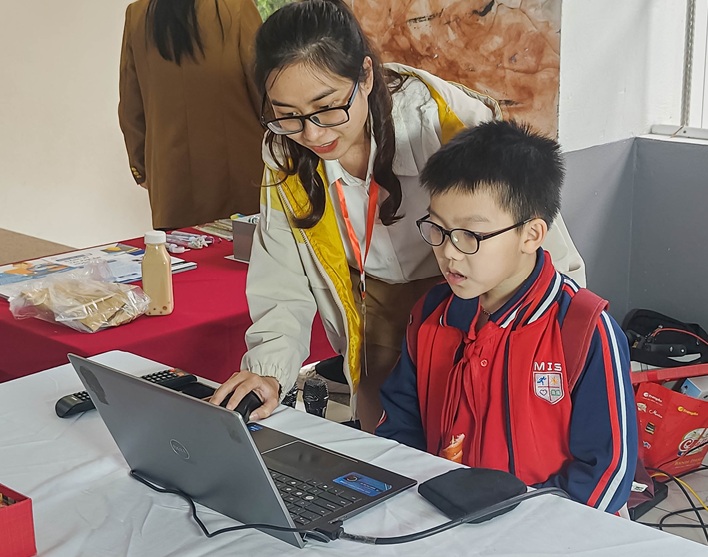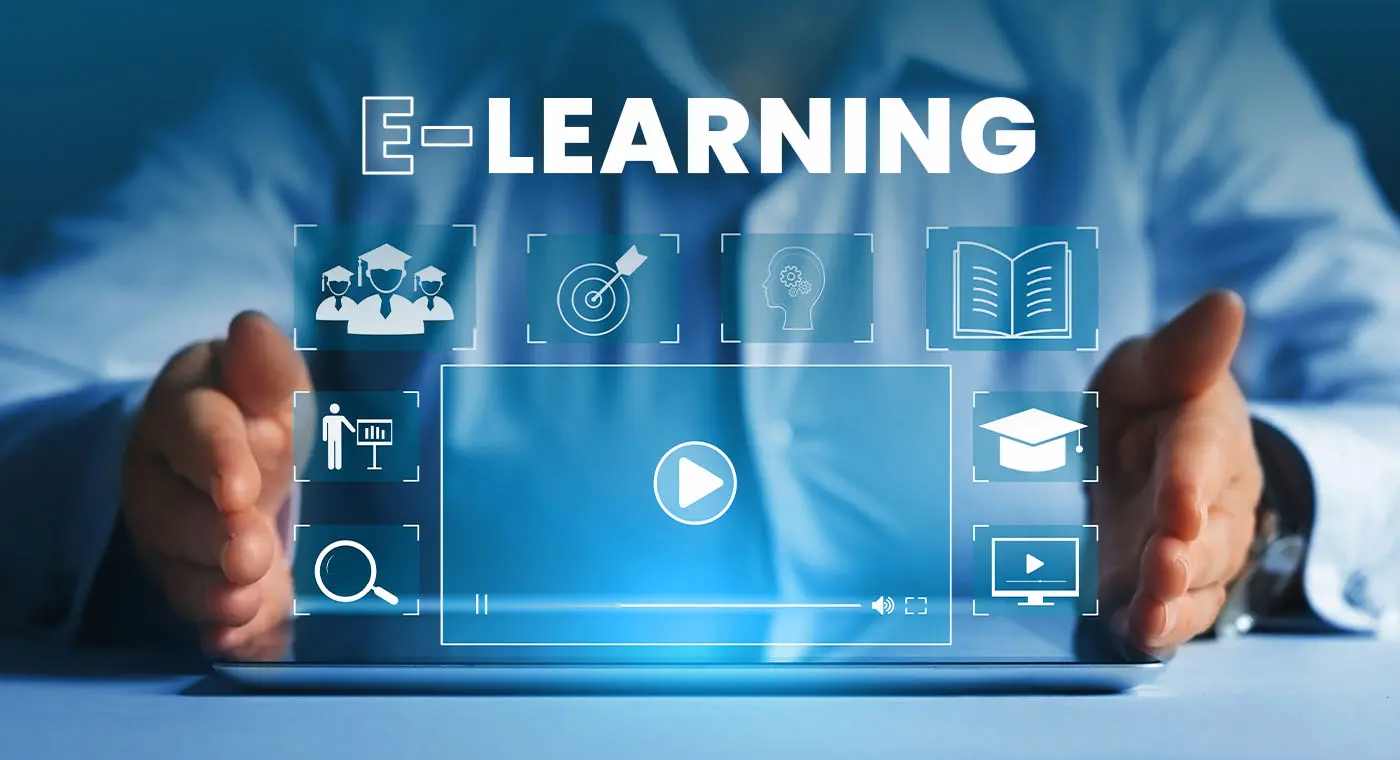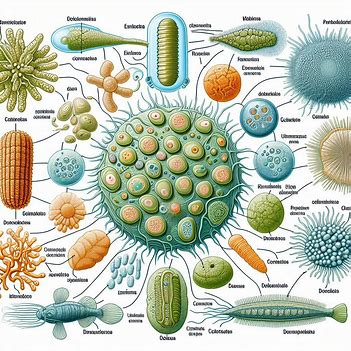A Comprehensive Guide to Flipped-Classroom Lesson Planning for Secondary Teachers
Flipped-classroom lesson planning guide

Introduction to Flipped-Classroom Model
The flipped-classroom model is an instructional strategy that reverses the traditional learning environment. In a flipped classroom, students first explore new content at home through videos, readings, or other online materials, and then use class time for engaging activities, discussions, and hands-on practice. This approach maximizes classroom interaction and deepens understanding.
Benefits of Flipped Classrooms
- Enhanced Student Engagement: Shifts the focus from passive listening to active participation.
- Personalized Learning: Allows students to learn at their own pace, revisiting challenging concepts as needed.
- Improved Classroom Dynamics: Frees up class time for interactive, collaborative activities.
- Deeper Understanding: Promotes critical thinking and application of knowledge through practical exercises.
Steps to Planning a Flipped-Classroom Lesson
-
Identify Learning Objectives:
- Clearly define what students should know and be able to do by the end of the lesson.
- Align objectives with curriculum standards and student needs.
-
Select Pre-Class Materials:
- Choose videos, readings, podcasts, or interactive modules that introduce the key concepts.
- Ensure materials are engaging, concise, and accessible to all students.
-
Create Pre-Class Assignments:
- Develop assignments that require students to engage with the materials actively.
- Examples include guided notes, quizzes, discussion questions, or reflection prompts.
-
Plan In-Class Activities:
- Design activities that reinforce and apply the pre-class learning.
- Consider group discussions, problem-solving exercises, experiments, or projects.
-
Develop Assessment Strategies:
- Use formative assessments to gauge understanding during class activities.
- Plan summative assessments to evaluate overall mastery of the content.
-
Prepare Technology and Resources:
- Ensure students have access to necessary technology for pre-class materials.
- Set up any tools or resources needed for in-class activities.
-
Communicate Expectations:
- Clearly explain the flipped-classroom model to students and parents.
- Provide instructions for accessing and completing pre-class materials.
Example Flipped-Classroom Lesson Plan:
Subject: Biology
Topic: Photosynthesis
Grade Level: 9
Learning Objectives:
- Understand the process of photosynthesis.
- Identify the roles of chlorophyll, light, carbon dioxide, and water in photosynthesis.
- Explain the importance of photosynthesis to plant life and the ecosystem.
Pre-Class Materials:
- Video: "Introduction to Photosynthesis" (10 minutes)
- Reading: Chapter on Photosynthesis from the textbook (pages 45-55)
- Interactive Module: "The Photosynthesis Process"
Pre-Class Assignments:
- Guided Notes: Complete while watching the video.
- Quiz: Short online quiz on key concepts from the reading.
- Discussion Question: Post a response to "Why is photosynthesis crucial for life on Earth?" on the class forum.
In-Class Activities:
-
Warm-Up (10 minutes):
- Quick review of the pre-class quiz results.
- Address any common misconceptions.
-
Group Activity (20 minutes):
- Students work in small groups to create a visual diagram of the photosynthesis process.
- Each group presents their diagram to the class.
-
Experiment (30 minutes):
- Conduct a lab experiment to observe the effect of light on plant leaves.
- Record and analyze the results in lab journals.
-
Class Discussion (20 minutes):
- Discuss the importance of photosynthesis in different ecosystems.
- Explore the impact of environmental changes on photosynthesis.
Assessment Strategies:
- Formative: Monitor group activities, lab experiment participation, and class discussions.
- Summative: End-of-unit test on photosynthesis, including multiple-choice and short-answer questions.
Technology and Resources:
- Access to video and reading materials online.
- Lab equipment: light sources, plant leaves, beakers, and water.
- Visual aids: markers, poster paper for group diagrams.
Tips for Successful Flipped Classrooms:
- Start Small: Begin with flipping a single lesson or unit to familiarize yourself and your students with the approach.
- Be Flexible: Adapt your plans based on student feedback and learning needs.
- Provide Clear Instructions: Ensure students understand how to access and engage with pre-class materials.
- Monitor Progress: Use formative assessments and check-ins to track student understanding.
- Create a Supportive Environment: Encourage collaboration and provide support for students who may struggle with the flipped model.
Conclusion
The flipped-classroom model offers a dynamic and student-centered approach to learning. By carefully planning pre-class materials, in-class activities, and assessments, teachers can create a rich learning environment that fosters engagement, critical thinking, and a deeper understanding of content. Embrace the flipped classroom to transform your teaching and empower your students to take an active role in their education.
References
- Flipped Learning Network: Resources and research on flipped learning practices.
- Edutopia: Articles and case studies on implementing flipped classrooms.
- Khan Academy: Free video resources for various subjects suitable for pre-class materials.
Super Admin

Ademy Vietnam at MIS Innovation Day: Introducing Effective Self-Learning Solutions
On March 29, 2025, Ademy Vietnam participated in the MIS Innovation Day – an event focused on science, technology, and culture, attracting thousands of students and parents from Hanoi and surrounding provinces.

Psychological Methods for Improving Students' Memorization of Lesson Content
Improving Students' Memorization

The Powerful Impact of Video on Teaching and Learning: Insights from Professional Research
Impact of Video on Teaching and Learning

The Importance of Teaching Positive Education Skills
Positive Psychology in Schools

Enhancing Student Memory: Effective Strategies and Techniques
Improving students' memory